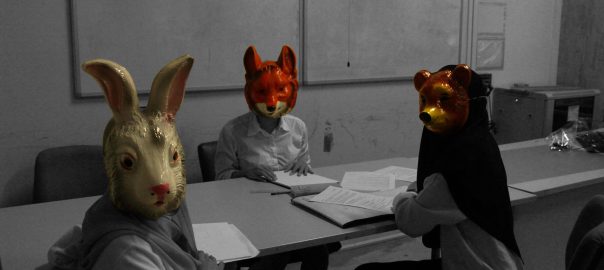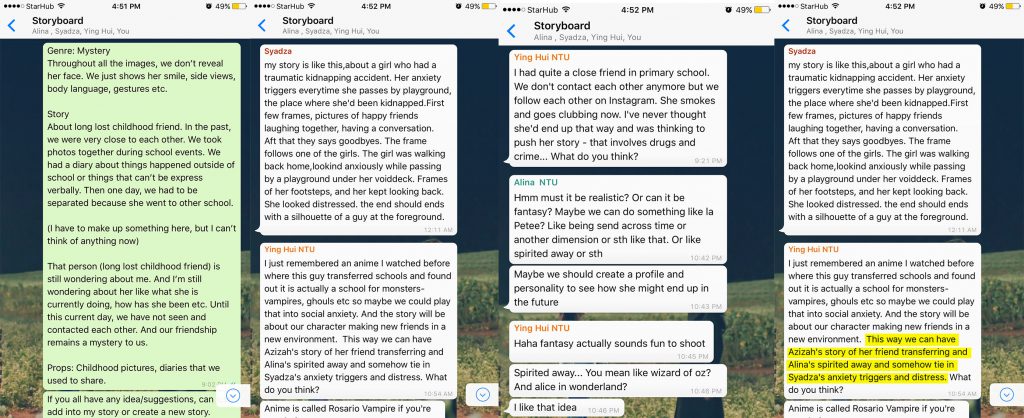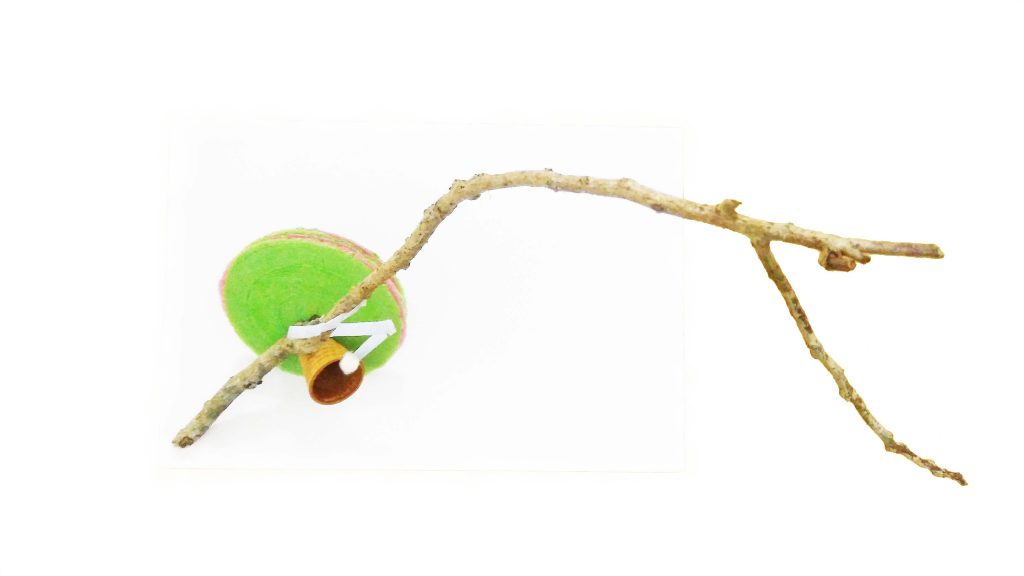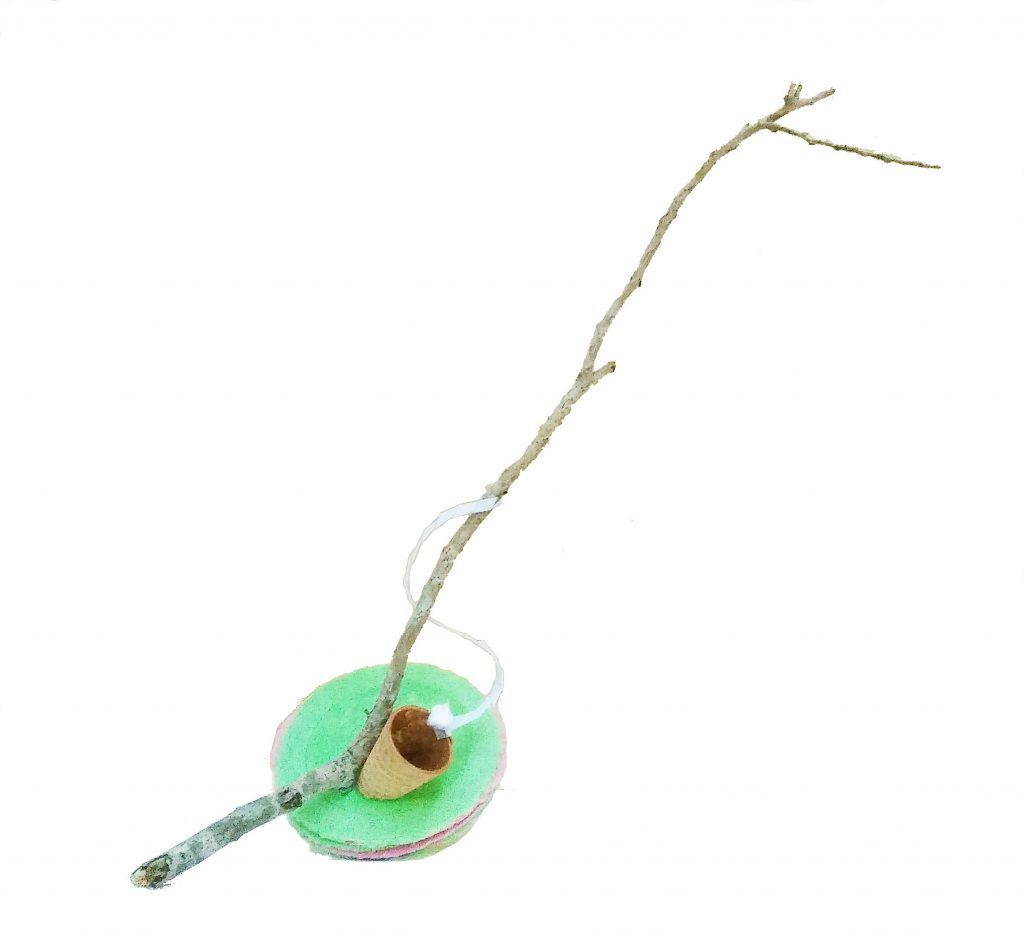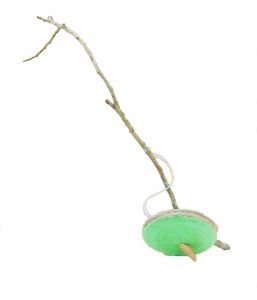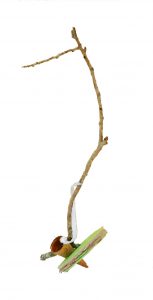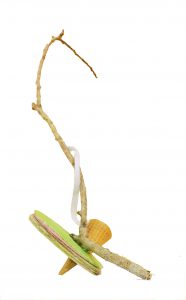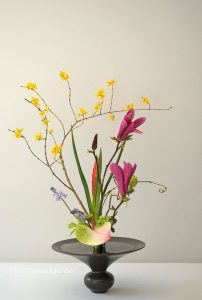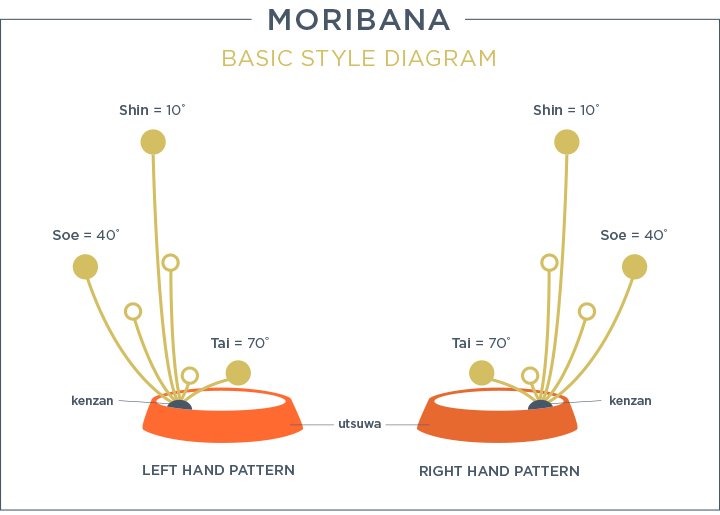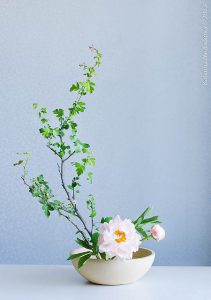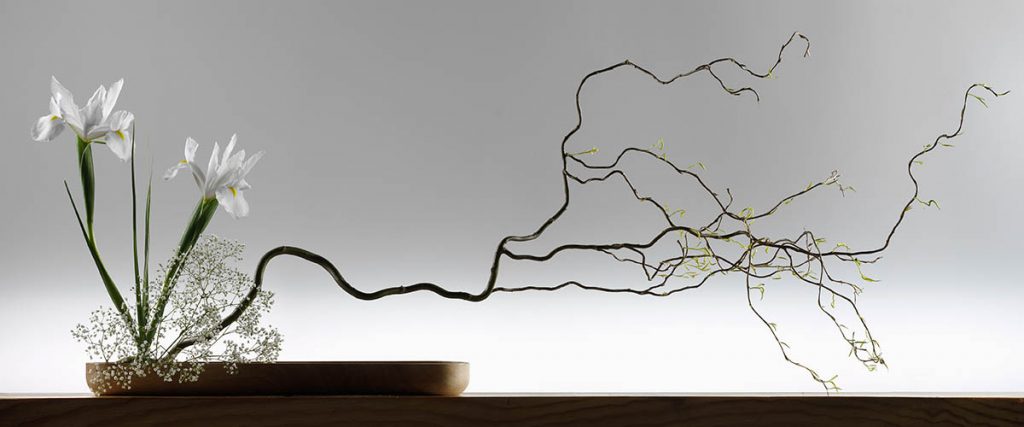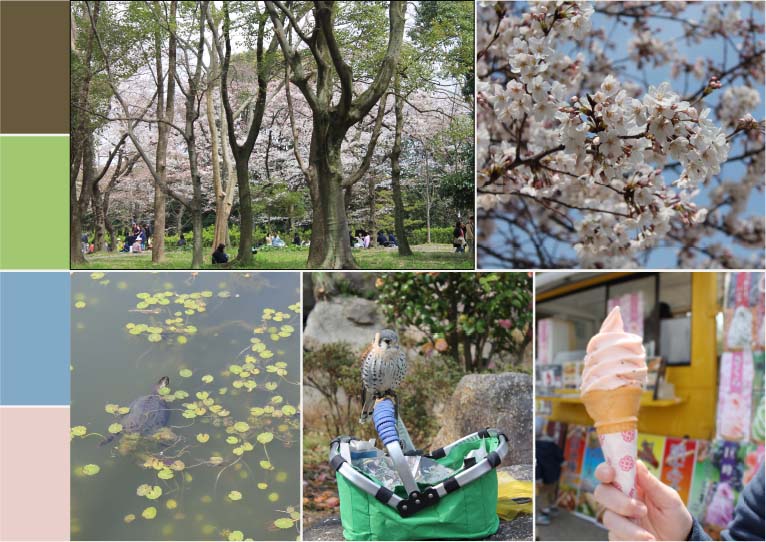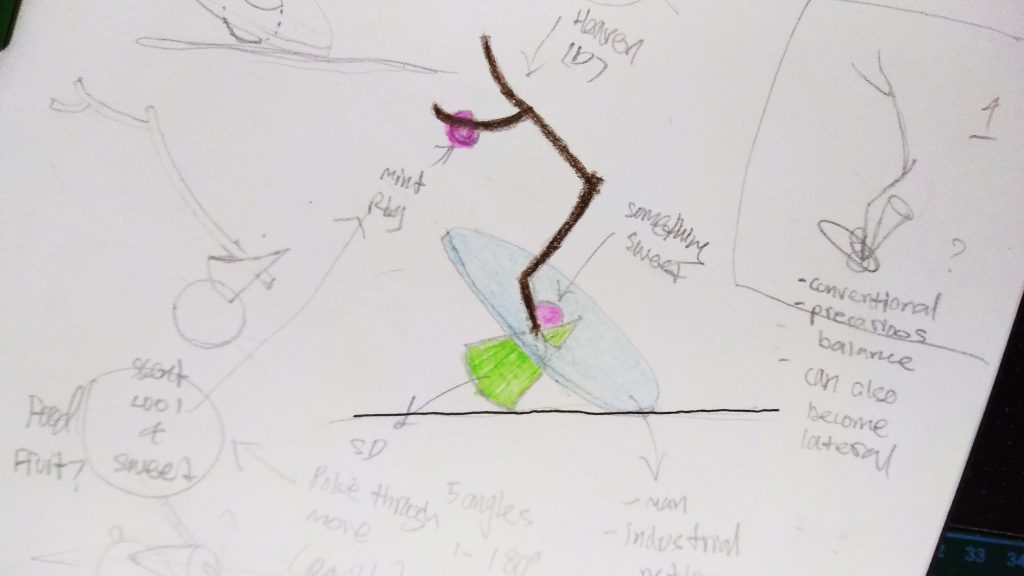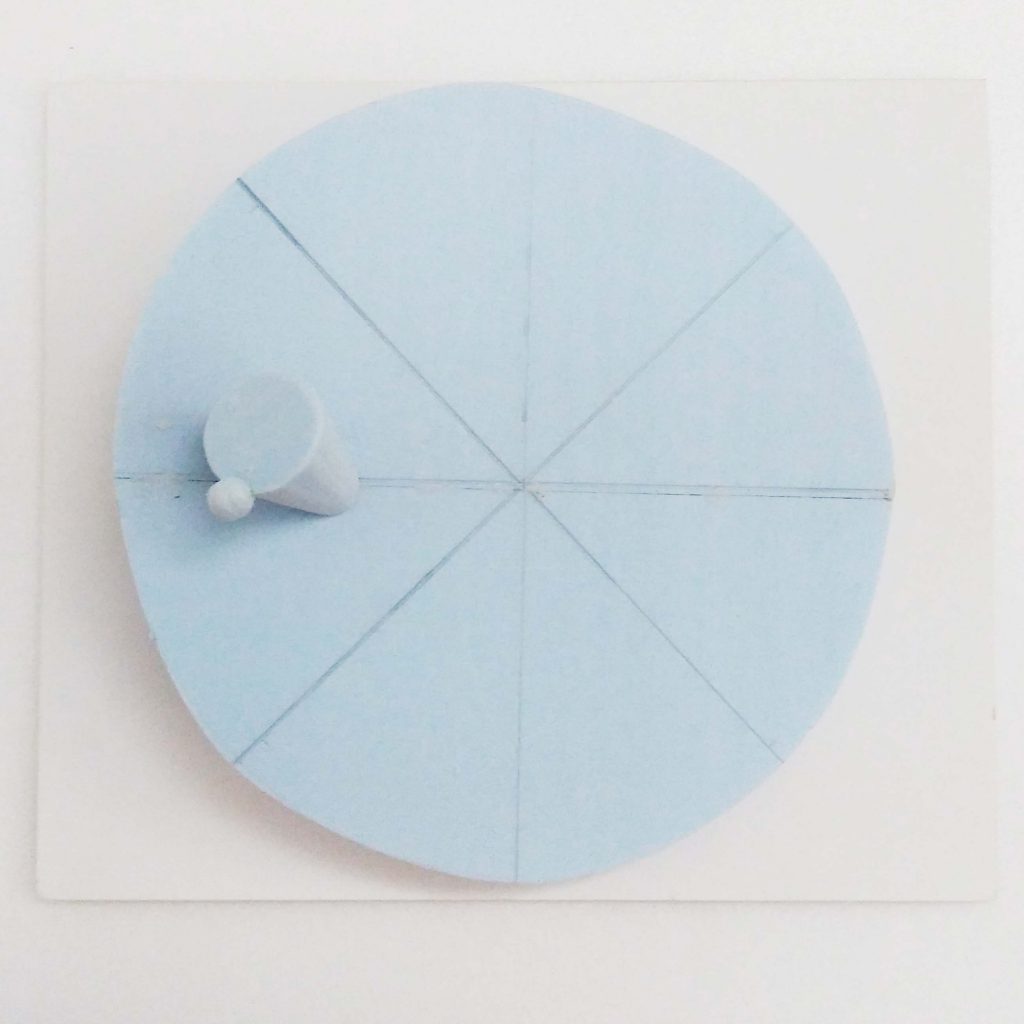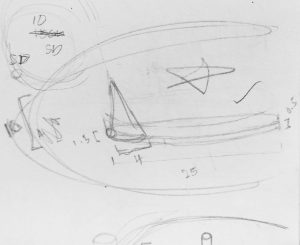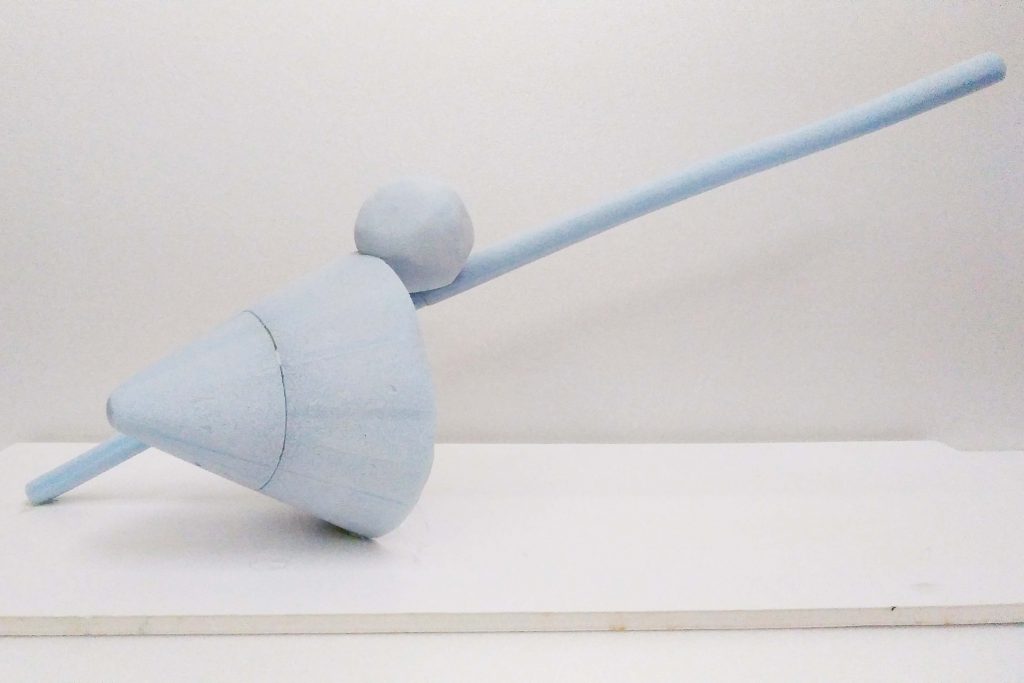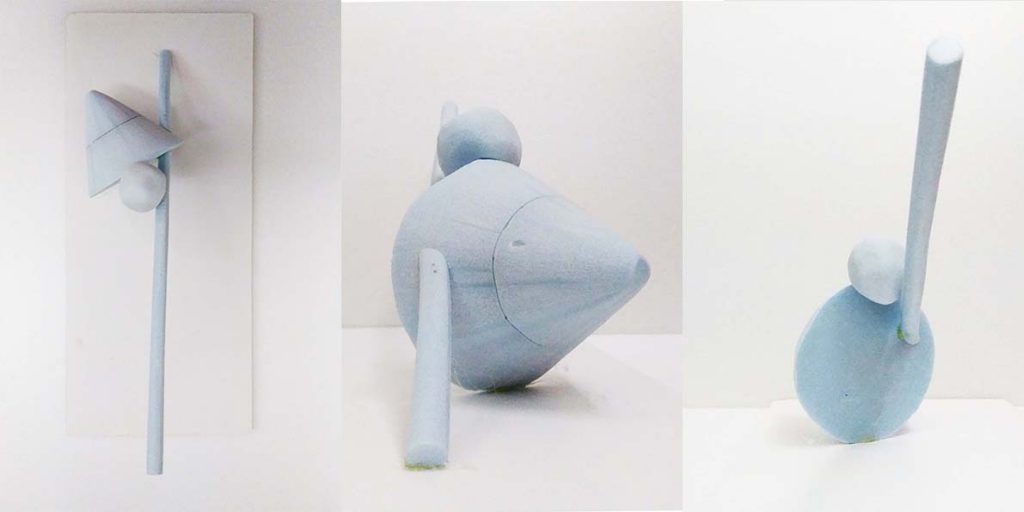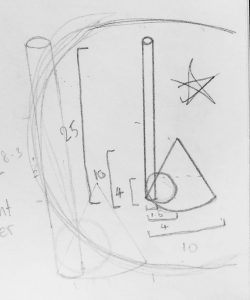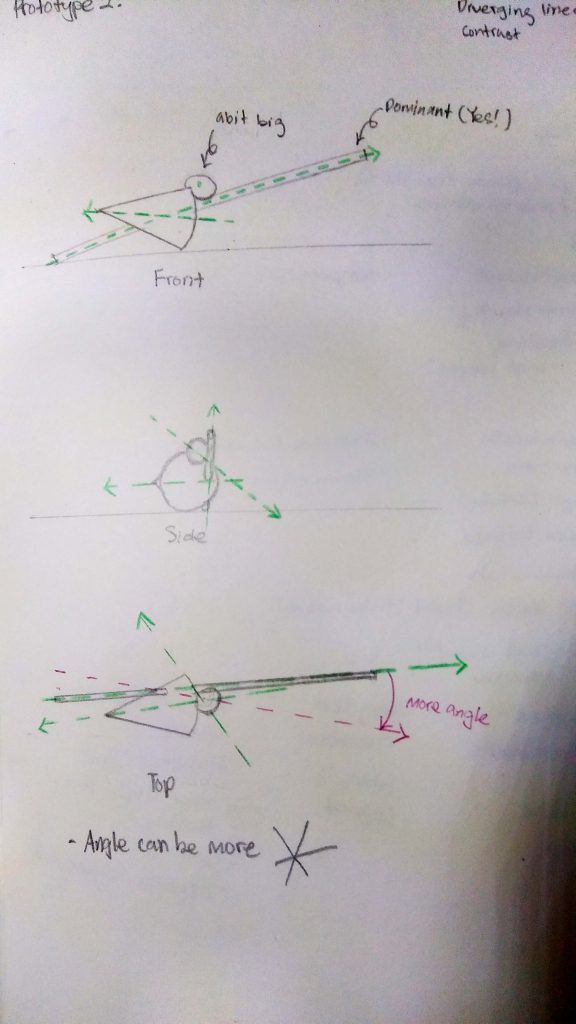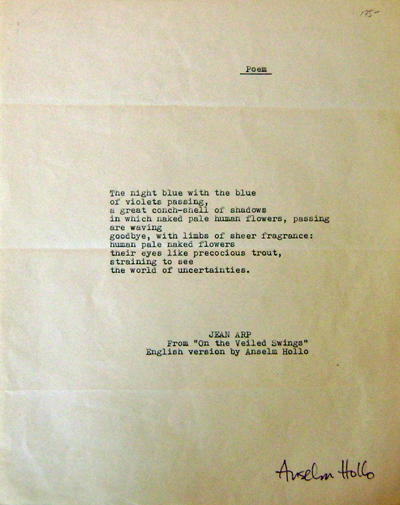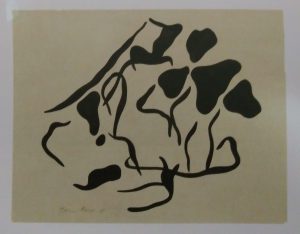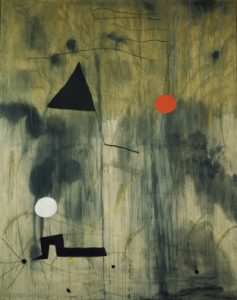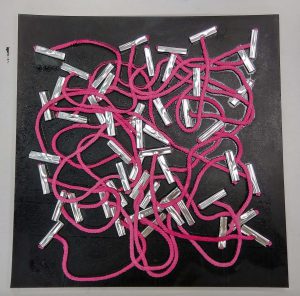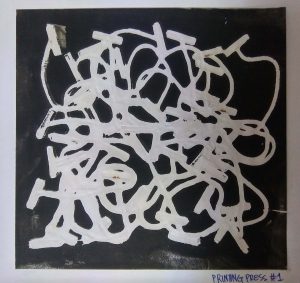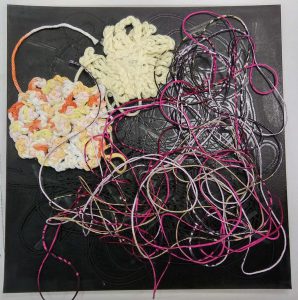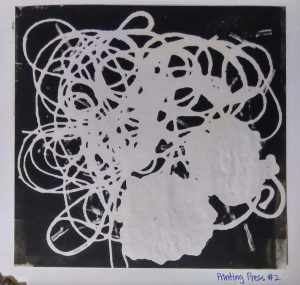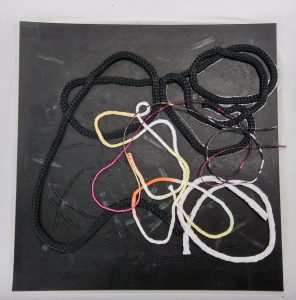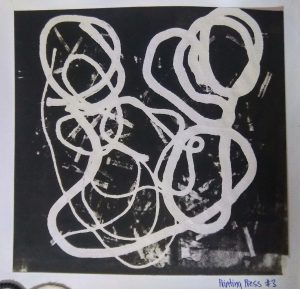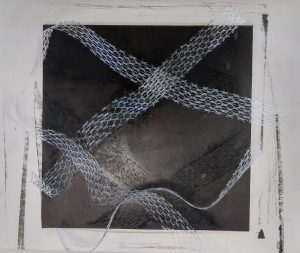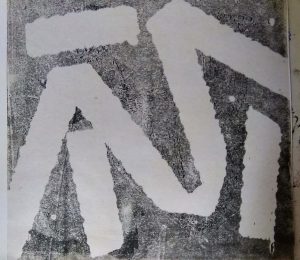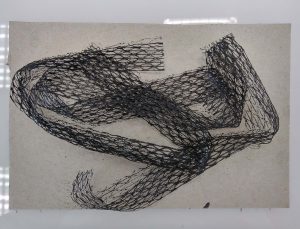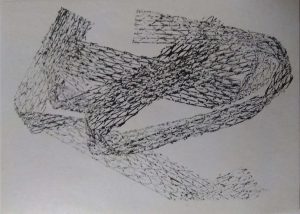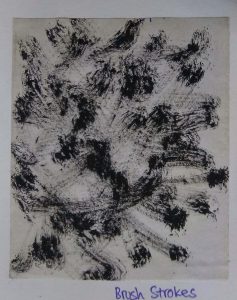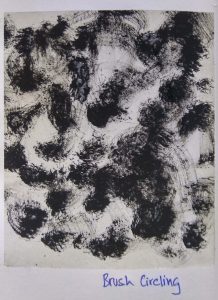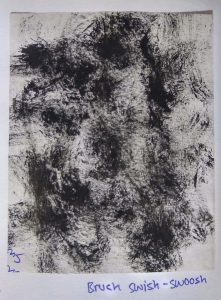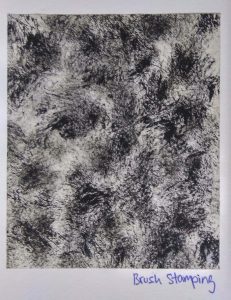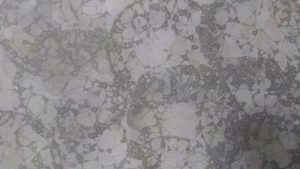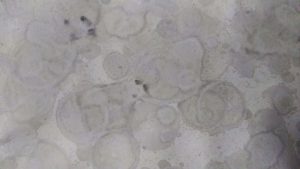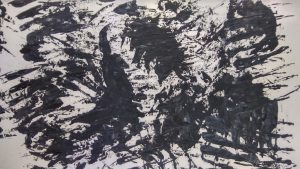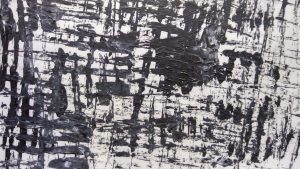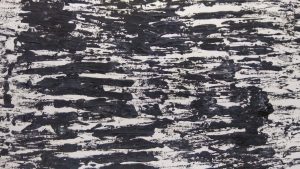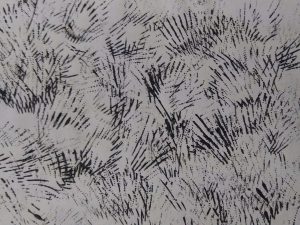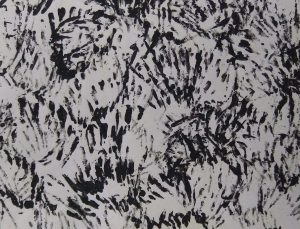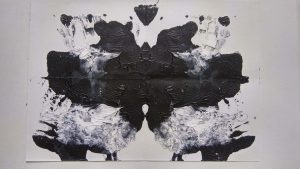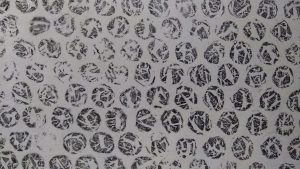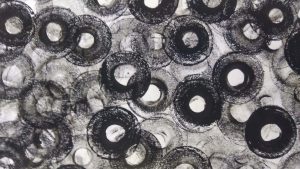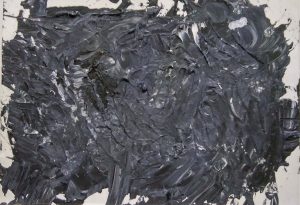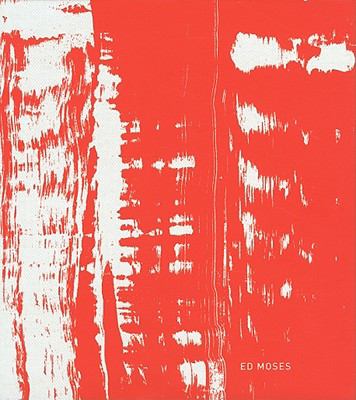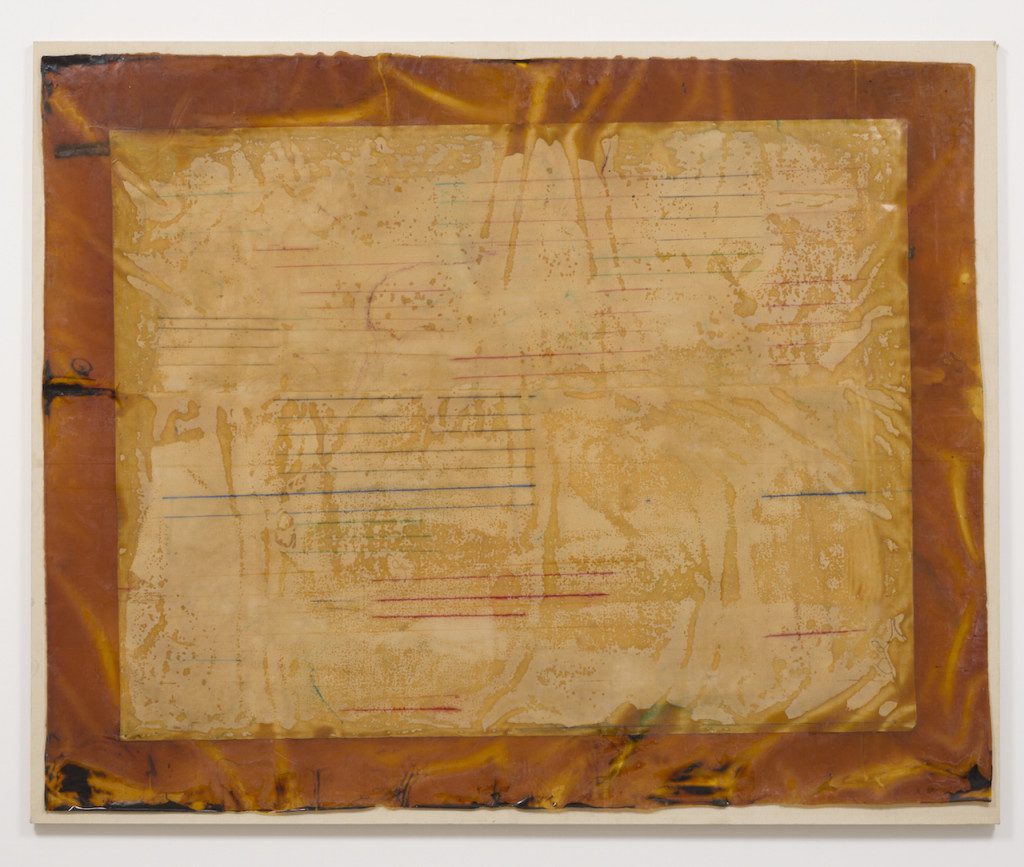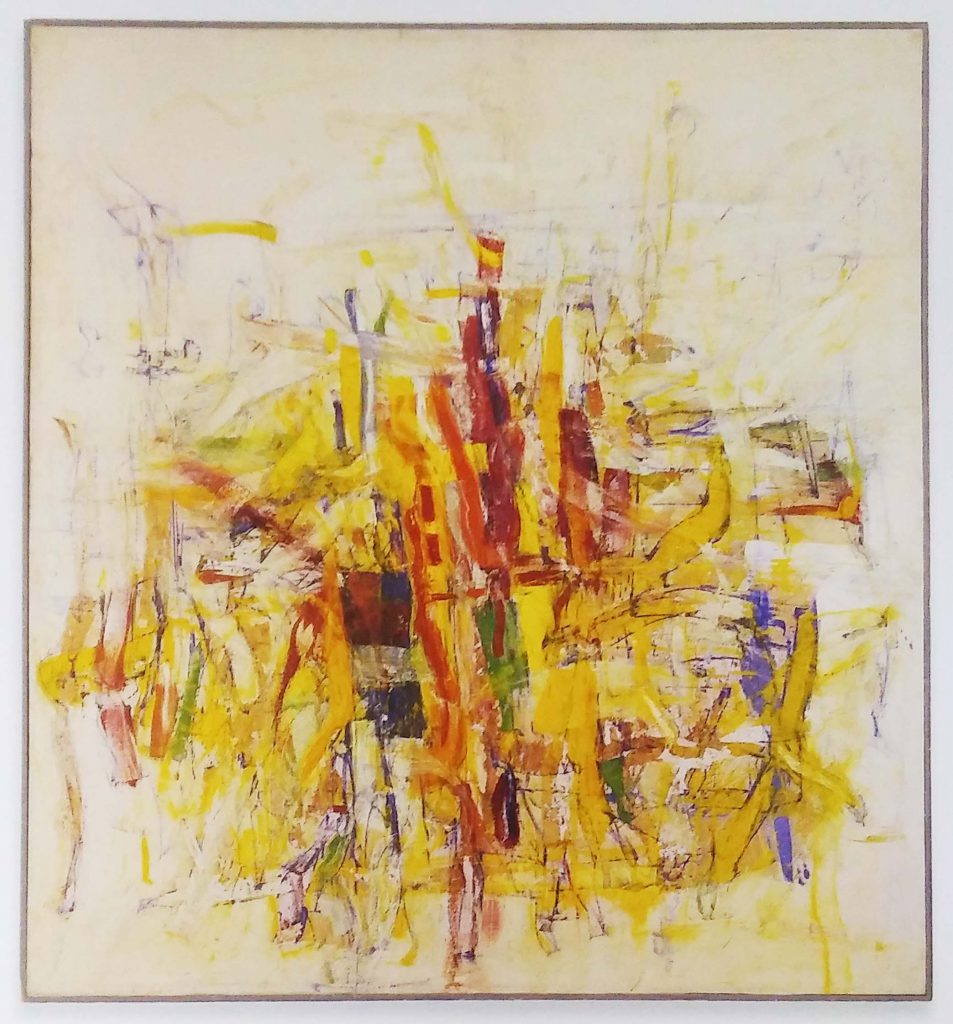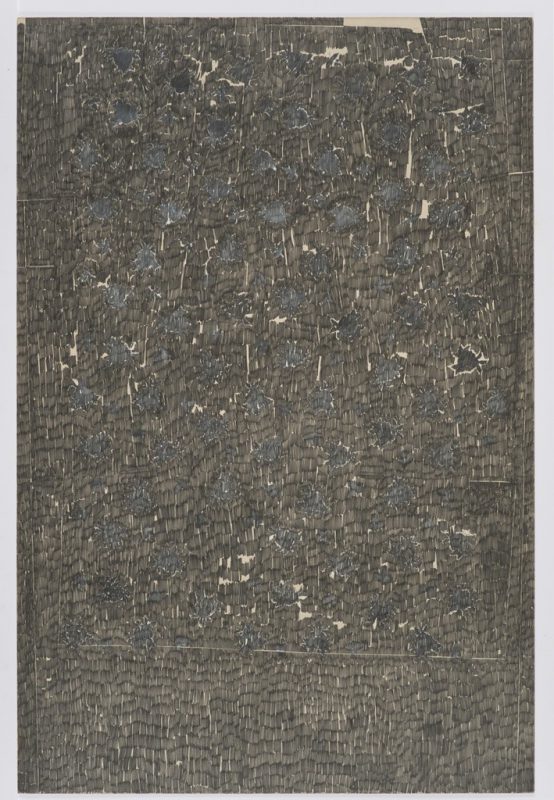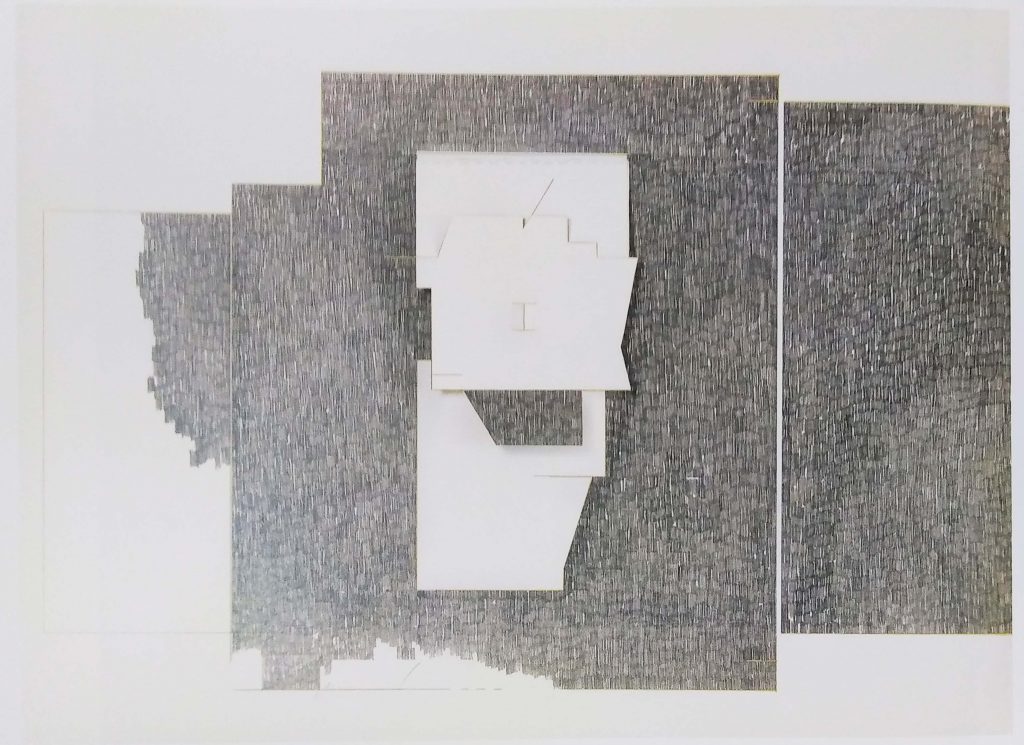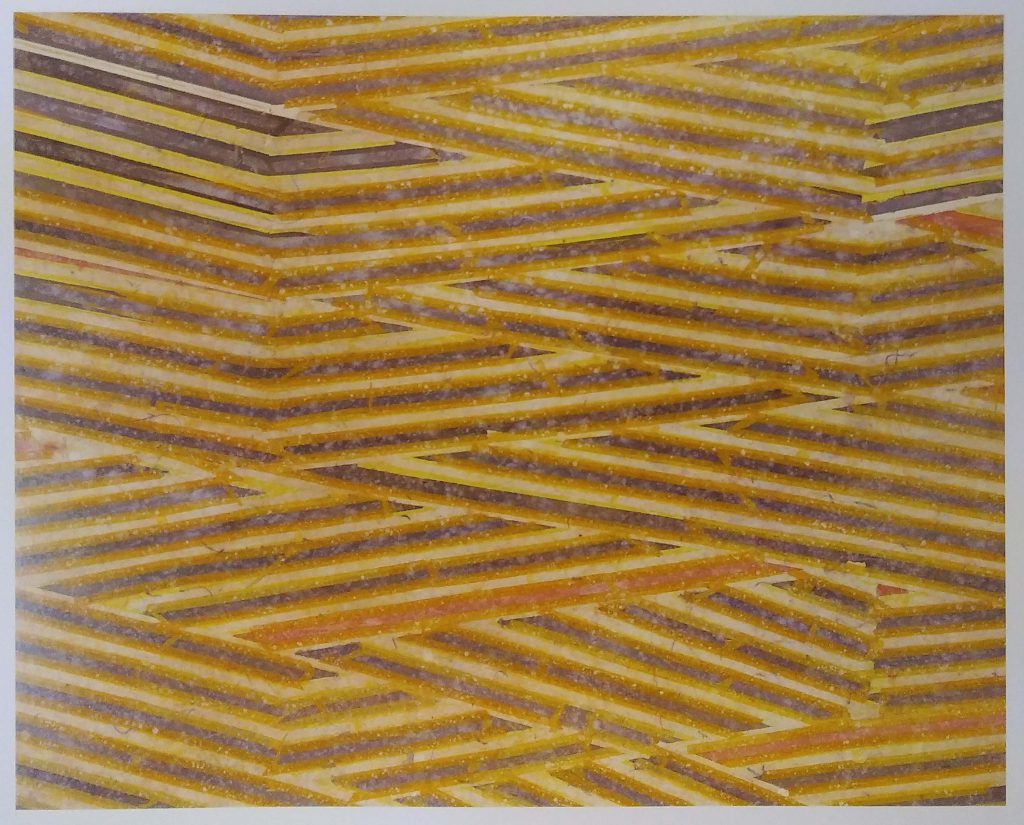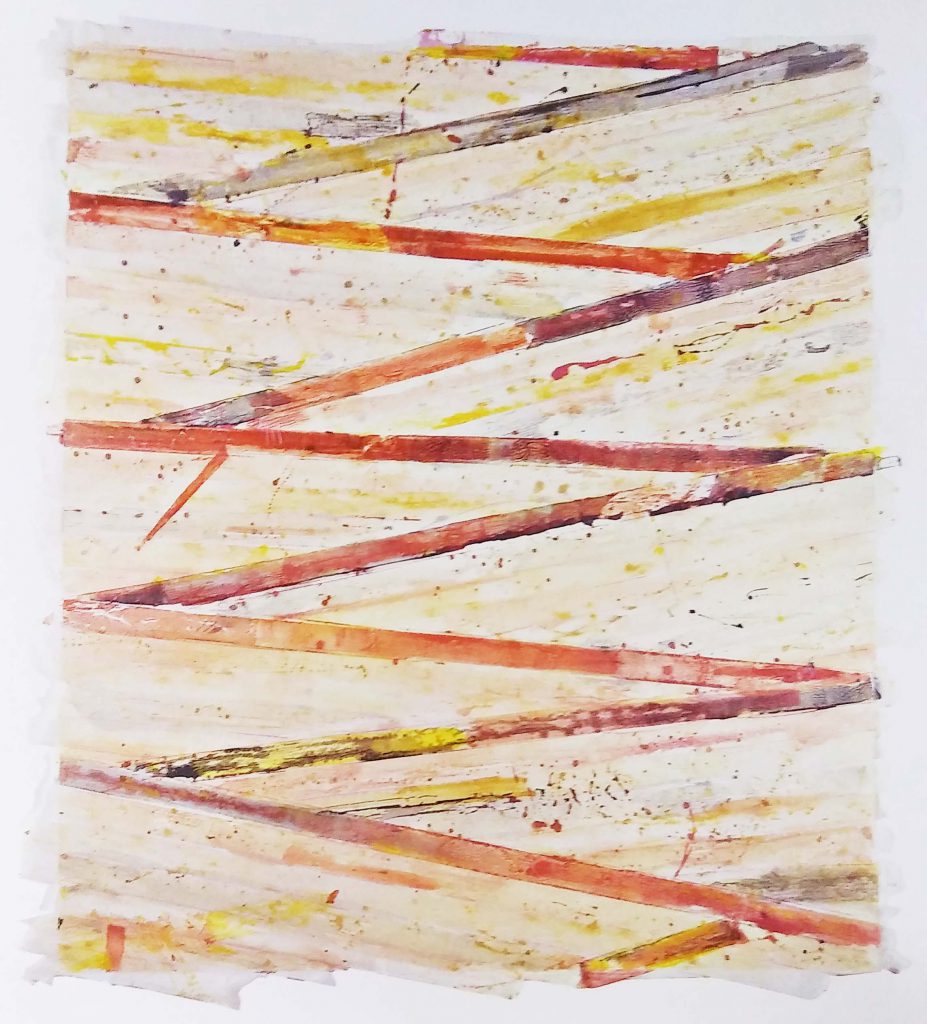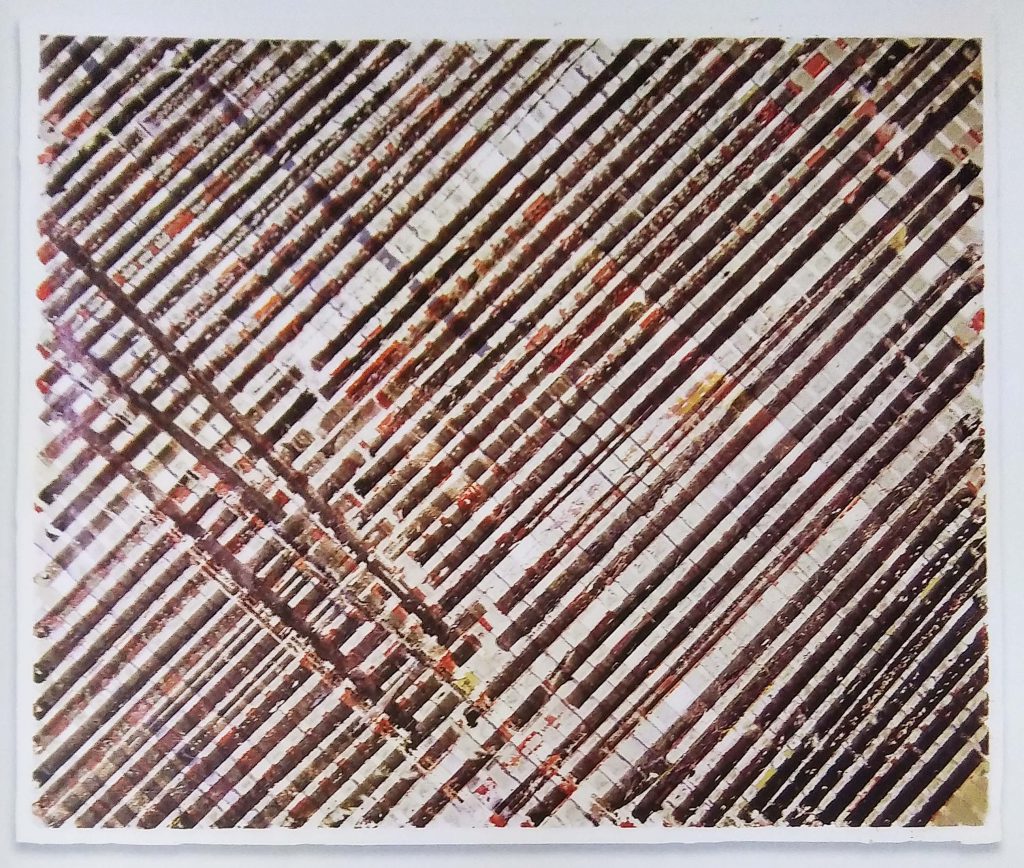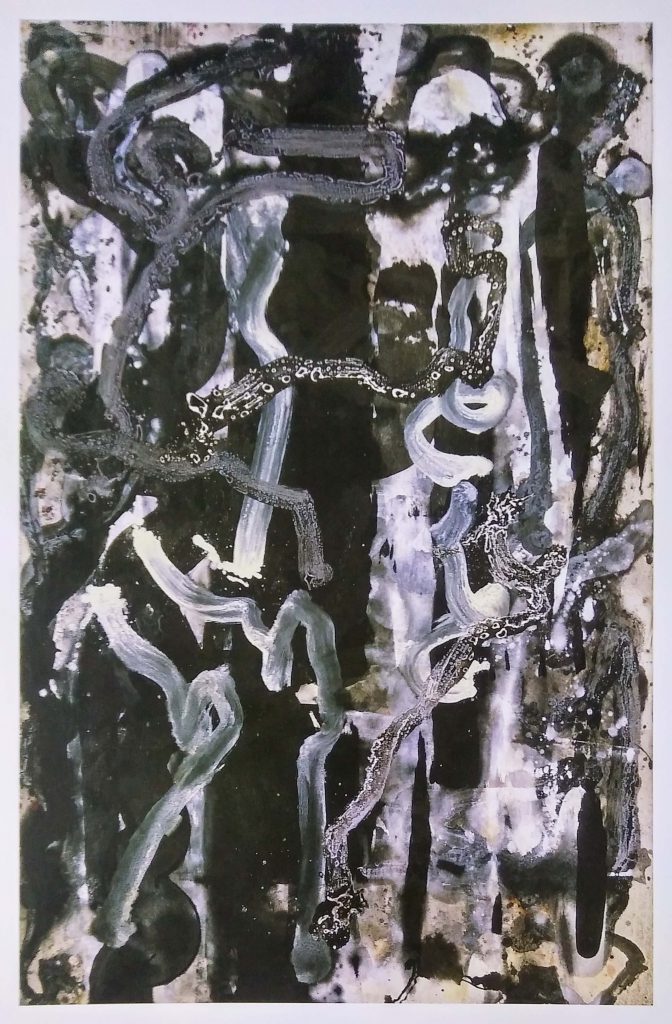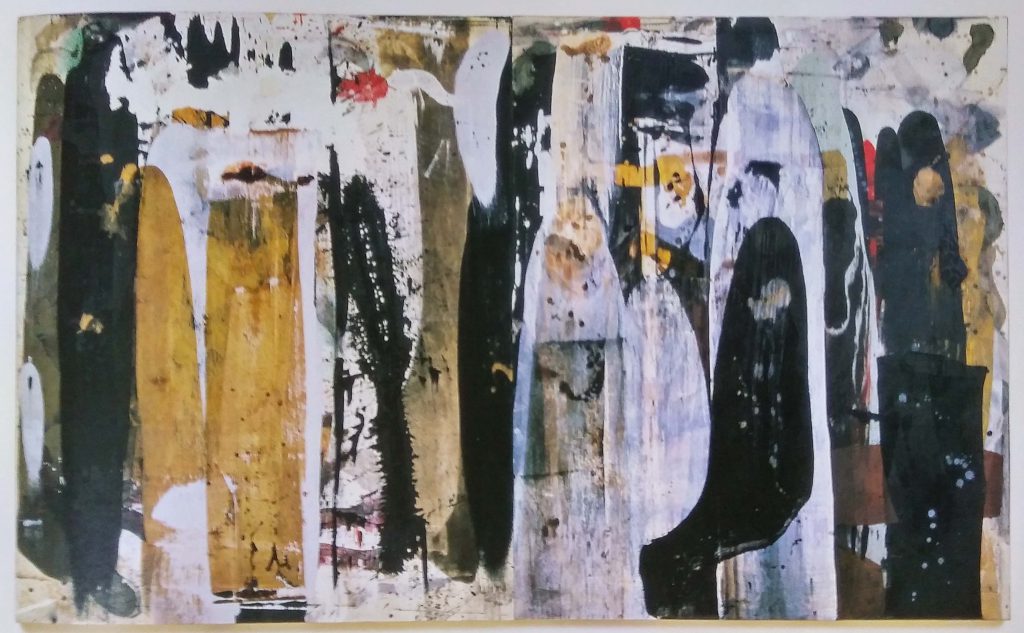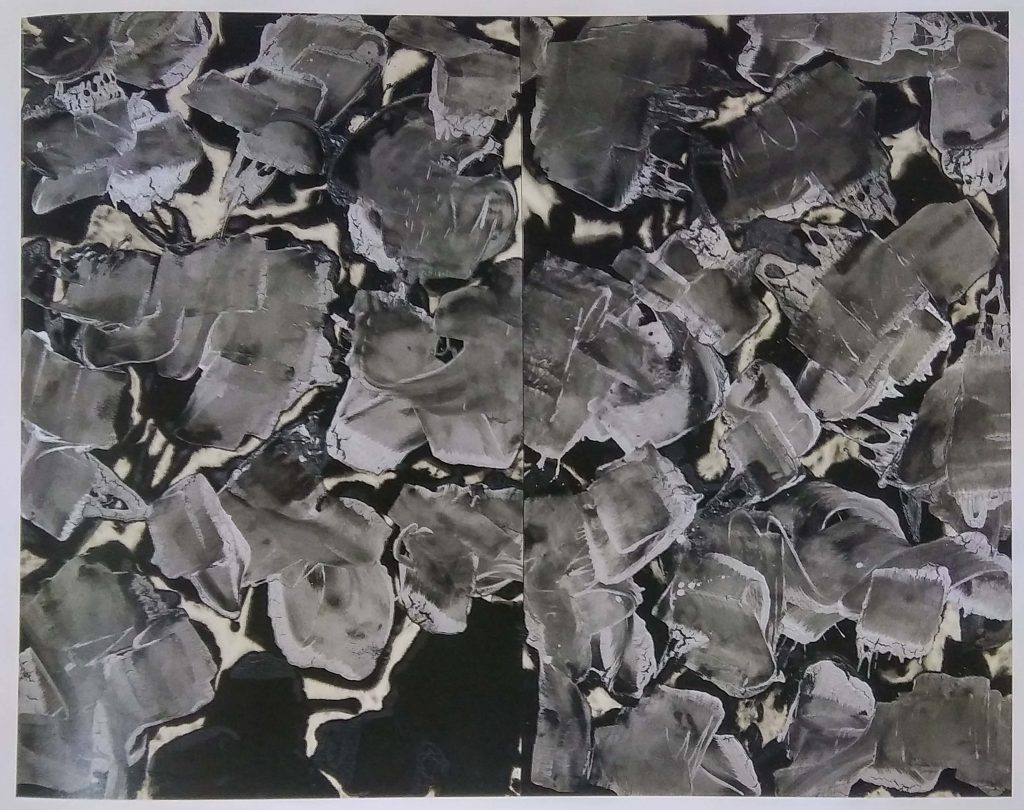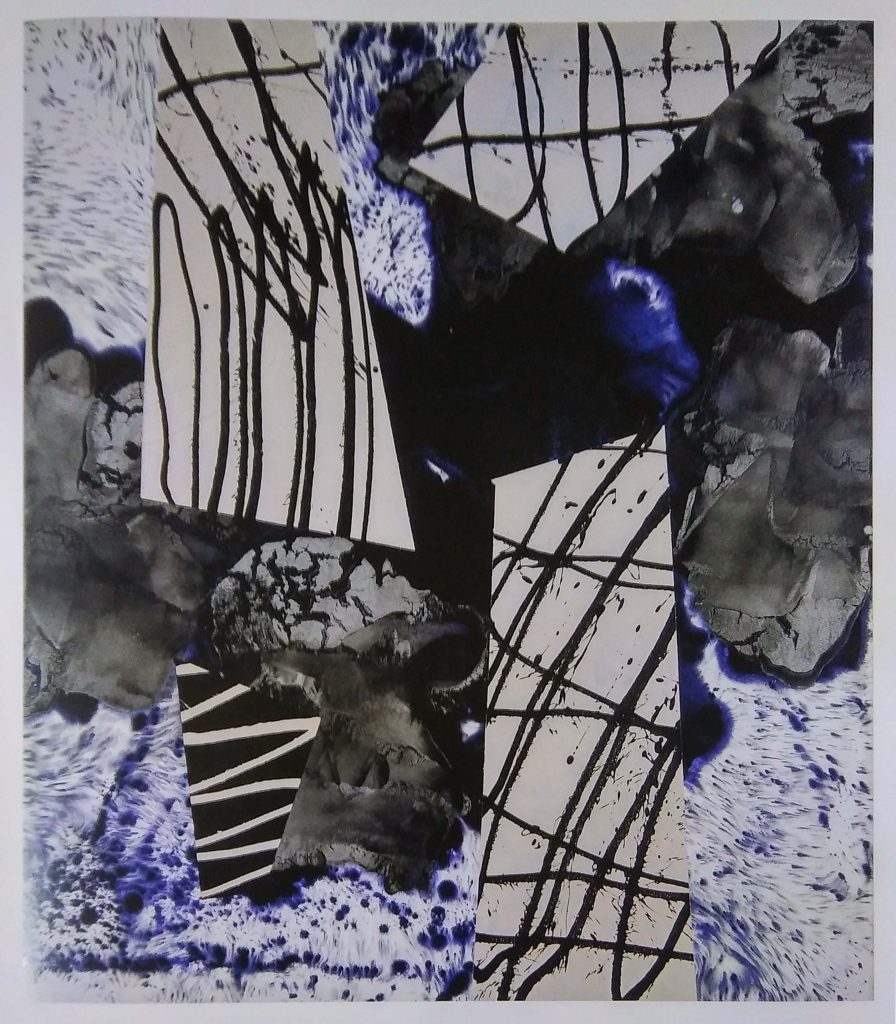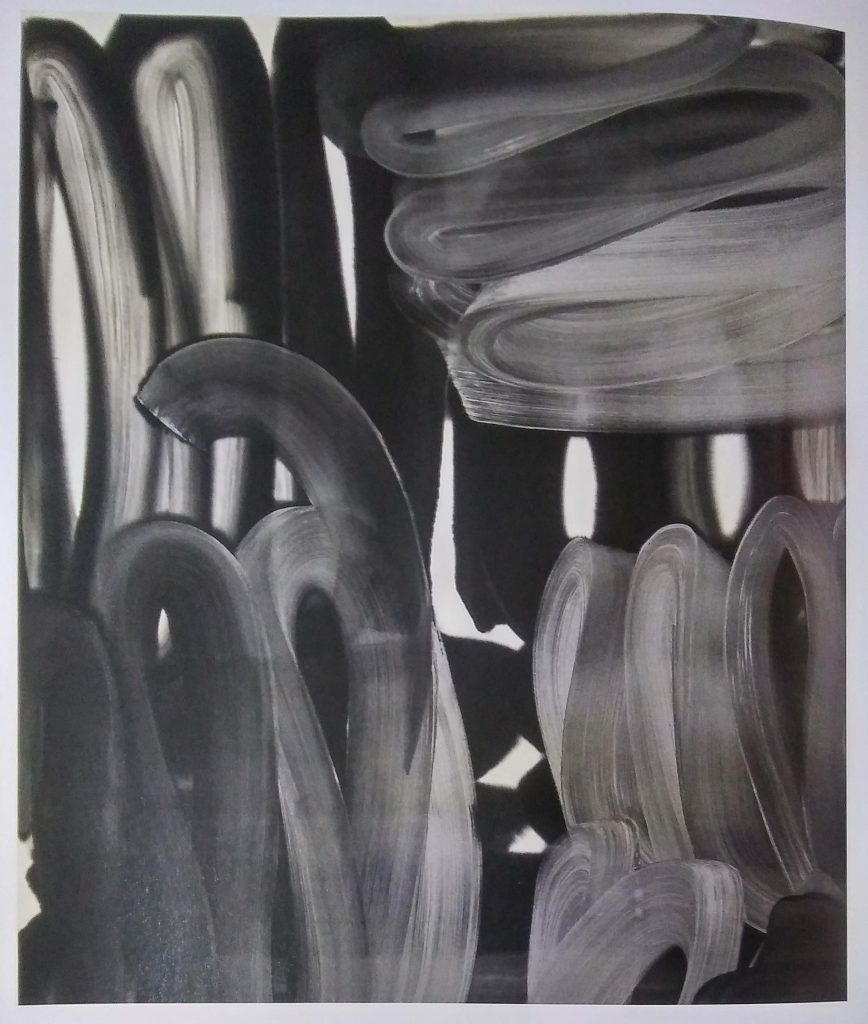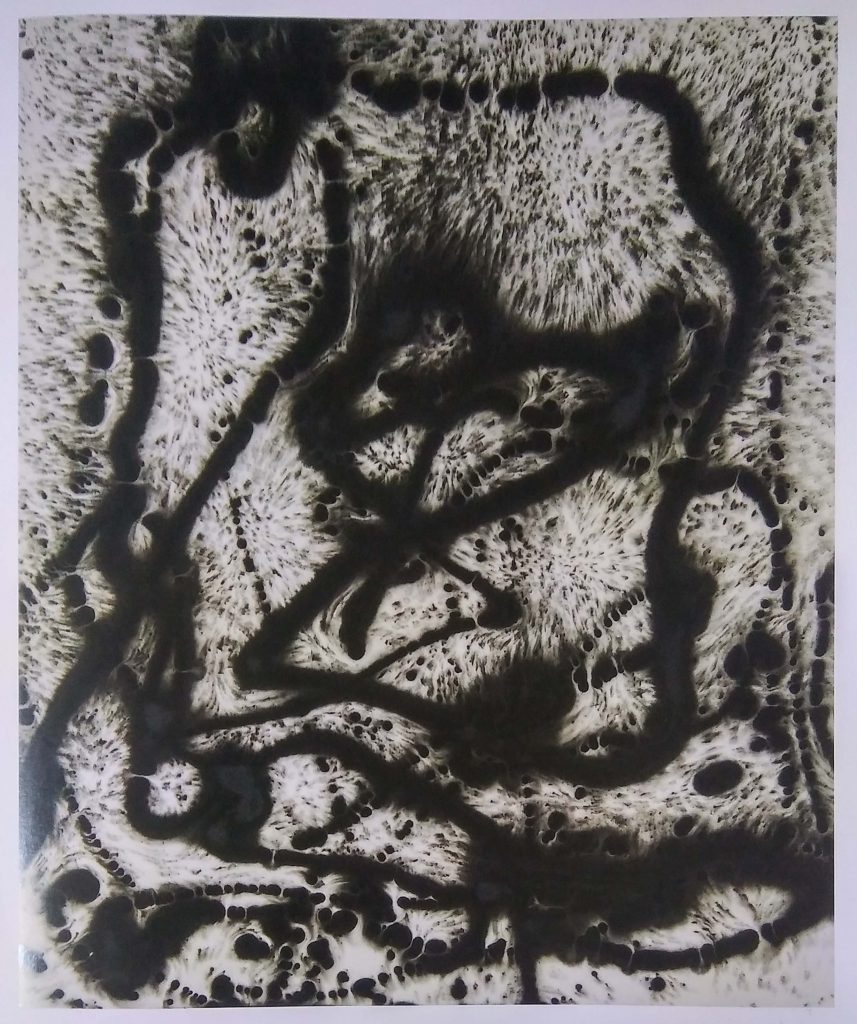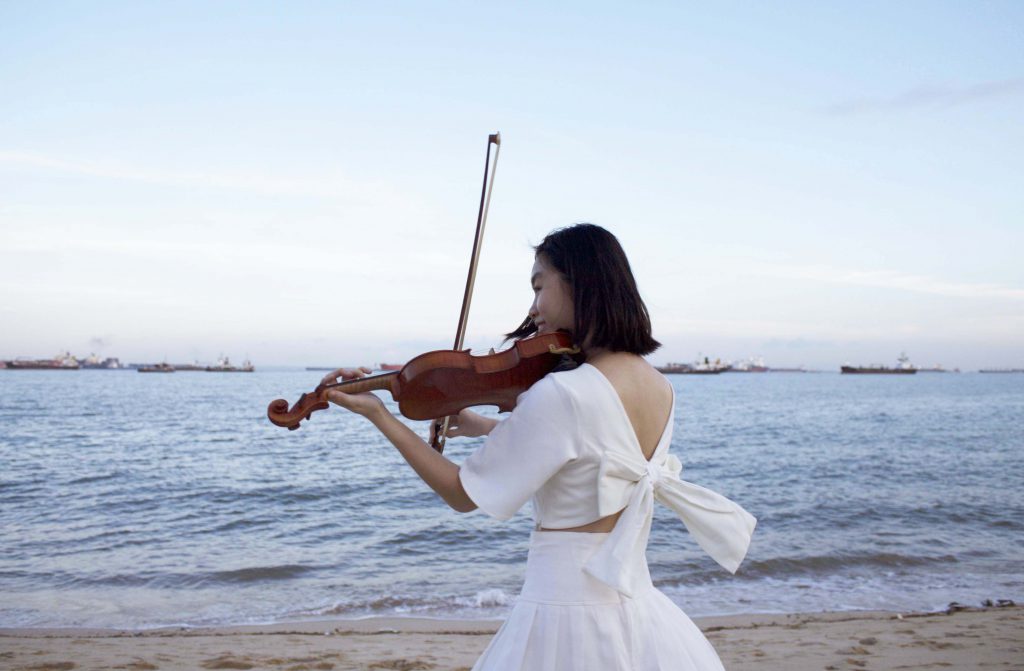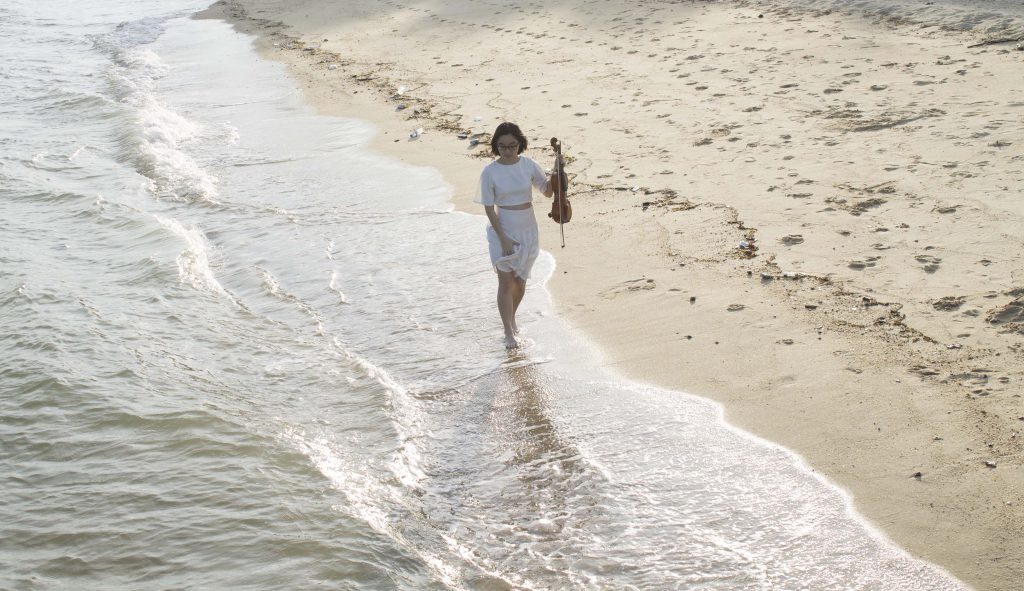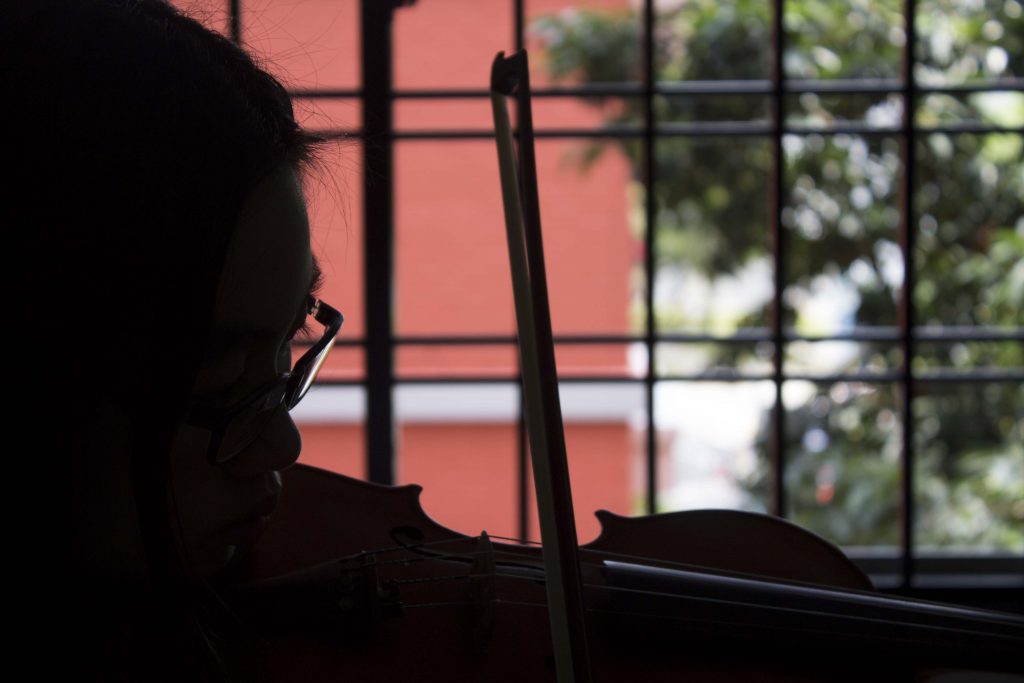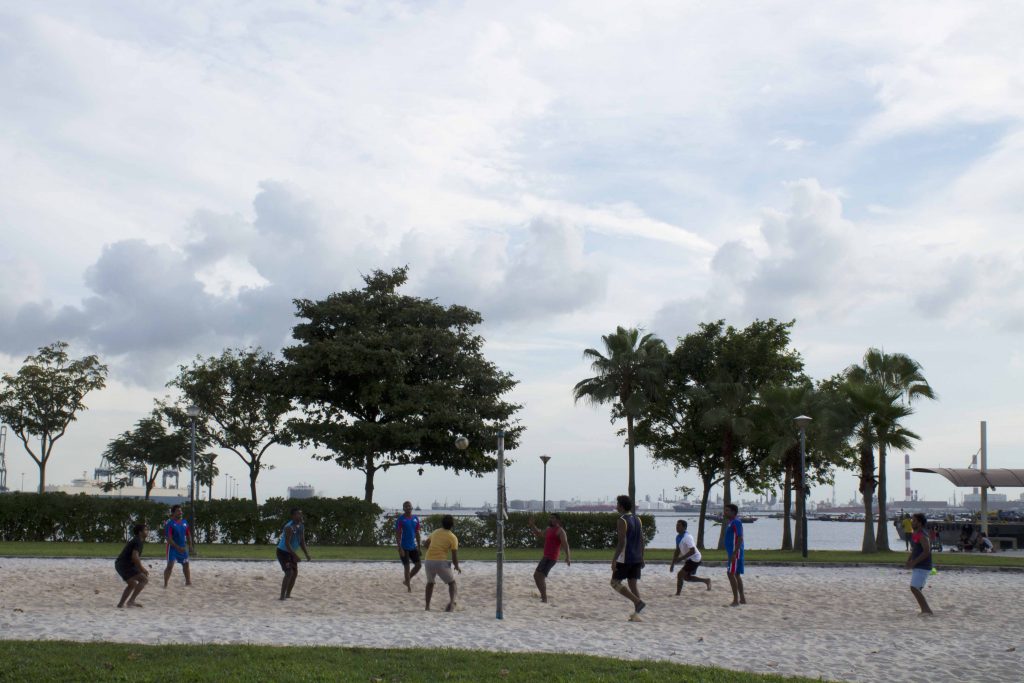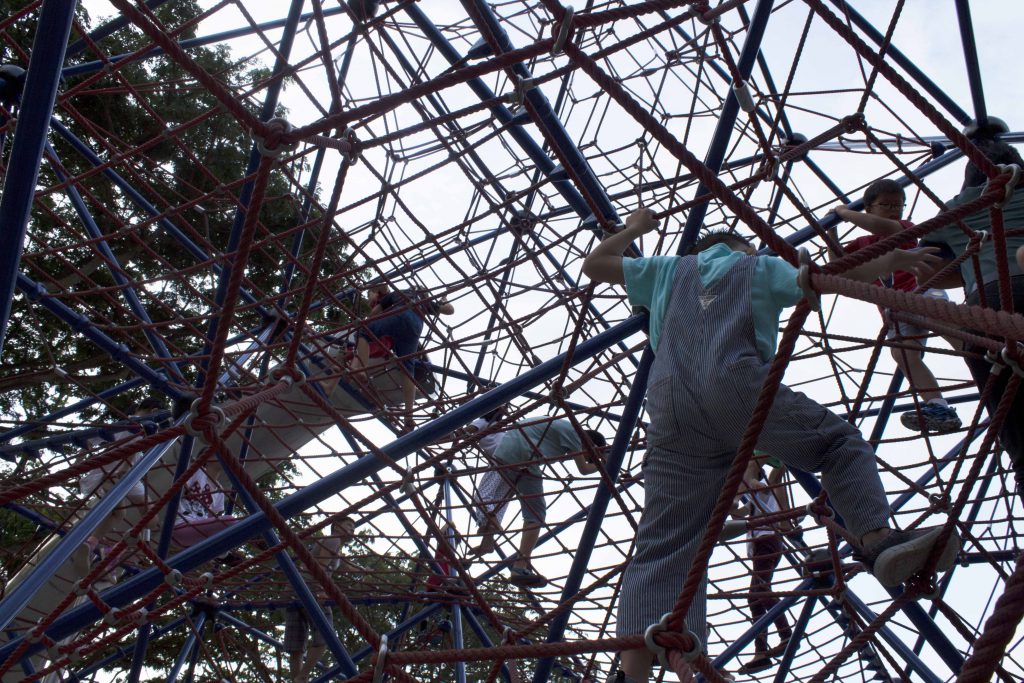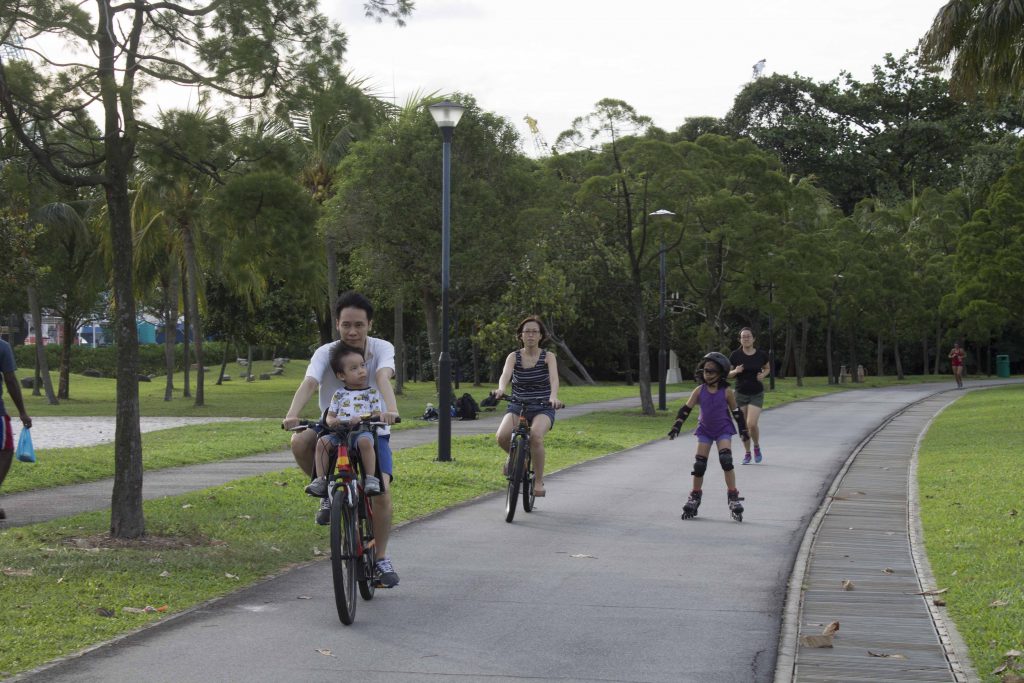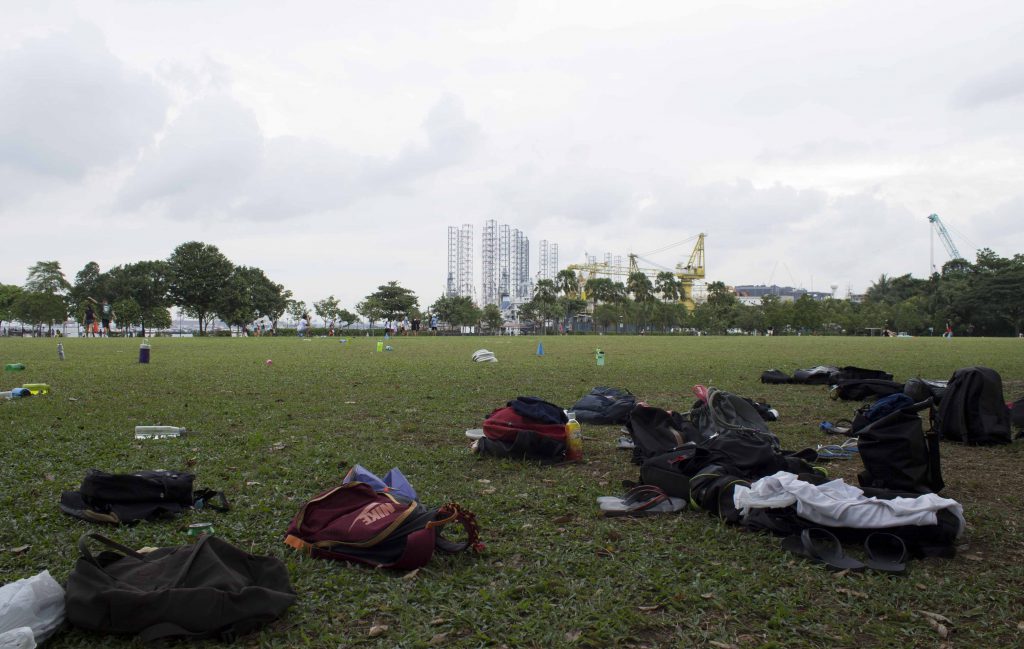She ate it.
Genre: Mystery, Horror
Process:
The story that we came up with, after combining all of our ideas, is of a shy introvert who who transferred into a new school. Little did she know it was quite a peculiar one.
In the story we were dealing with social anxiety – the fear of social situations that involve interaction with other people. Therefore there is a lot of literal running in my version.
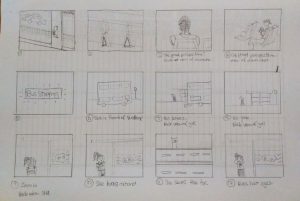
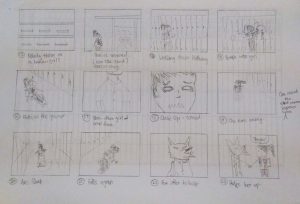
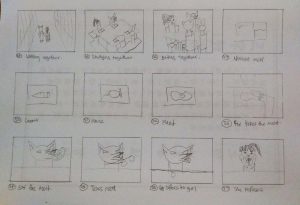
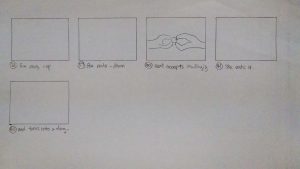
Scene I
We planned the intro to introduce the topic of social anxiety as well as the 2 main characters – the girl and the fox. I suggested to make use of a cutaway shot that I saw from the stop motion movie Paranorman (as seen below).
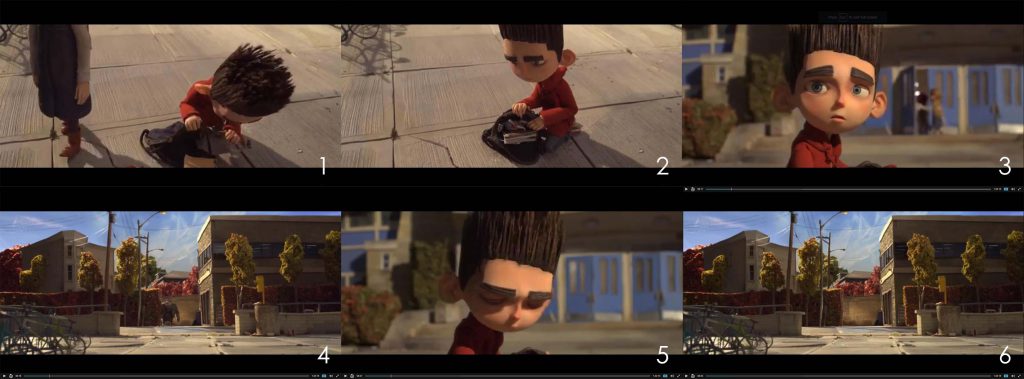
Cutaway shots seems to be a very common in horror films. It can show that something is there and after it cuts away and cut back it is gone and that disappearing act makes people freak out. I thought this could be used in the intro to set the mood of fear and tension.

The intro starts off with the girl traveling to her new school by bus. When she alights the bus, she feels uneasy and hesitates to enter (social anxiety). Sensing something was watching her, she turns around to find nothing there.
Scene II

Paranorman also made use of the arc shot to reveal the ghosts that are invisible to everybody except for the main character. I thought that we could do the same and use it to reveal the ‘monster’ classmates.
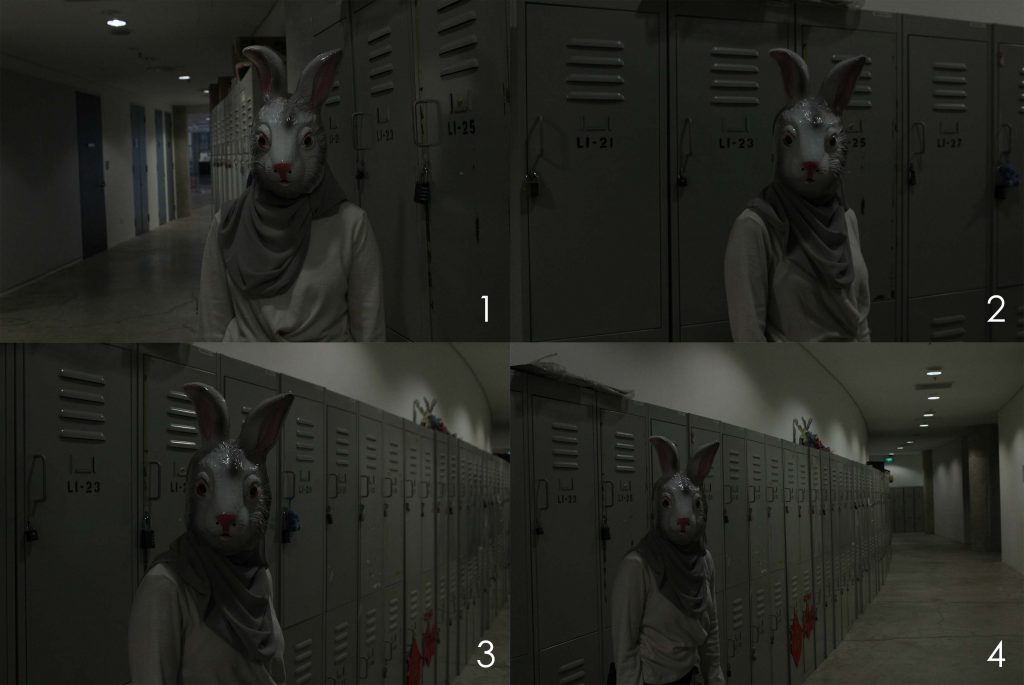
It was more suitable for the arc shot to be use in this way than to introduce our ‘monster’ classmates. This sequence of the rabbit staring in your direction while you walk pass it makes one queasy which is exactly that creepy/horror effect that we were looking for.
Sadly the arc shot does not fit my version of the story as I wanted a slow build up for an unsettling mood. I used the shot with the head cut off (scene II, shot 4) instead of the arc shot to raised questions as to what the girl had scene that she ran off scared. Then the fox is revealed and it answers the question to why the girl ran. They were ‘monsters’.

The second scene takes place in the hallway of the school. It is where she avoids and runs from all social interactions.
Scene III
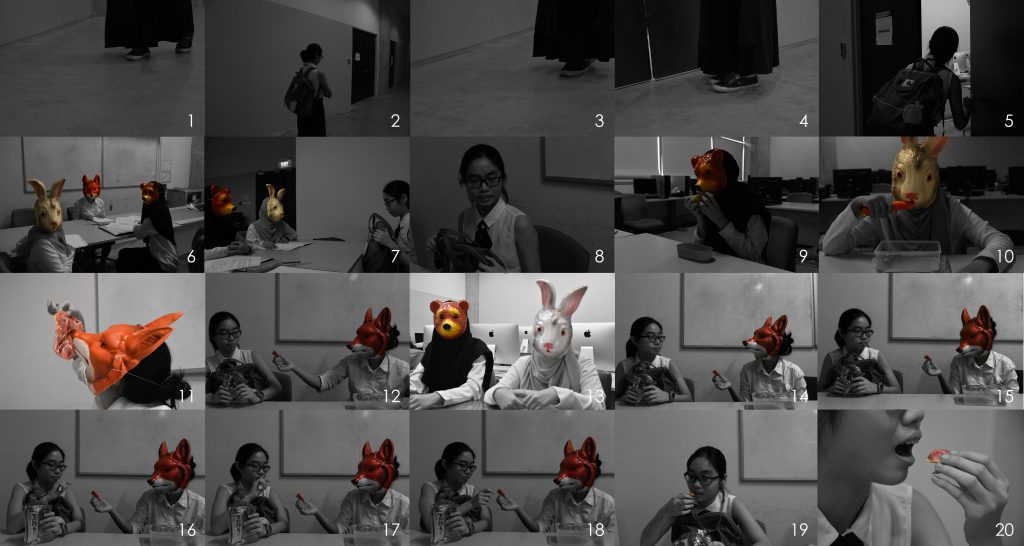
The last scene is in the classroom. Before she enters the room she takes a deep breath preparing herself to face her fears. The ‘monsters’ stare at her when she enters and takes her seat. When she got the courage to face them, she sees the horrifying sight of them feasting on unusual food. Then she gets peer pressured into eating their food. I wanted to keep the ending unknown, we do not know whether she turned into one of them or everything was just in her head. It is up to the viewer’s interpretation.

It is because of this scene that I made the entire film black and white; only leaving the masks and food coloured for the creepy effect. Masking the elements made the meat more grotesque and disgusting.
Originally I also wanted to include collage sequences just like the ones from La Jatee because the use of collage sequence can show the intimate and developed relationship between the two people. It would be helpful to show the progress of friendship and familiarity between characters. But i scrapped the idea in the end because I wanted it to be mysterious.
Sound edits inspirations
I was looking for sounds that create suspense and intensity and remembered this video that I came across a while ago. It mentions the use of ticking in many of Hans Zimmer (Film score composer) and also his use of the shepherd tone in the recent film Dunkirk to create intensity. After going through some ‘suspense music’, I decided that the ticking fits best.
The anthropomorphism also reminded me of Rabbits by David Lynch, one of the many films my Polytechnic lecturer introduced to me. It is set like a sit com with applause and laughter but it was edited into something less comical and more frightening. Inspired by this, I wanted to create something using that awkward silences and the sounds that are unexplained to build a unsettling atmosphere.
Rejected:
The rejected is the one with the shepherd tone edit at the end.
